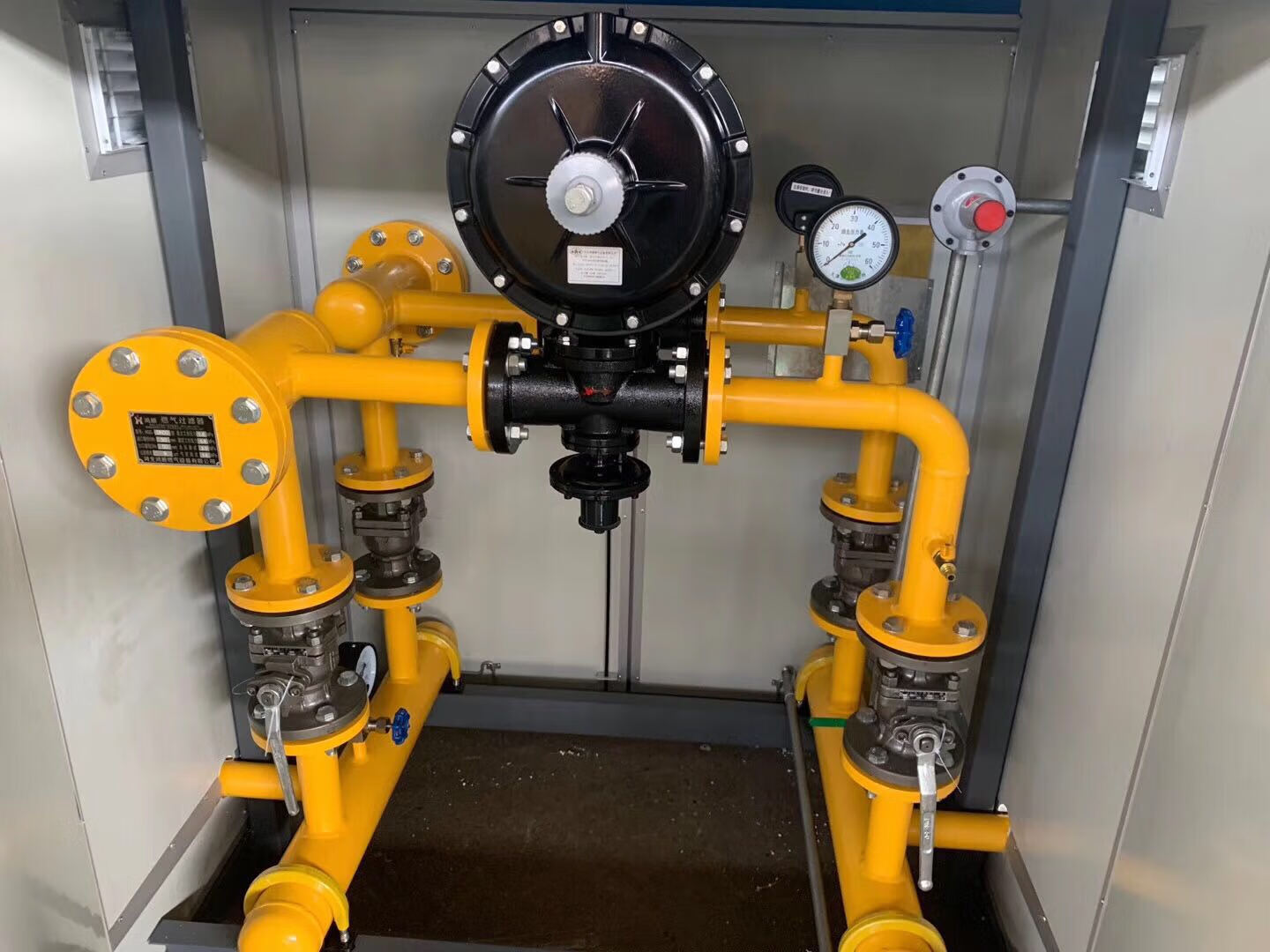
Applications of LNG Skid-Mounted Systems: A Versatile Energy Solution
2025-05-24 22:41Liquefied Natural Gas (LNG) has emerged as a critical energy source in the global transition toward cleaner and more efficient fuel alternatives. Its versatility, environmental benefits, and cost-effectiveness make it an ideal solution for diverse industries. Among the innovative technologies enabling its widespread adoption, LNG skid-mounted systems stand out as portable, user-friendly, and highly adaptable solutions. This article explores the multifaceted applications of LNG skid-mounted systems, as outlined in the provided technical documentation, highlighting their role in industrial, commercial, and infrastructural settings.
1. Industrial and Commercial Heating
LNG skid-mounted systems are widely employed in industrial and commercial heating applications. Large-scale manufacturing facilities, chemical plants, and food processing units require consistent and reliable heat sources for production processes. Traditional heating methods, such as coal or diesel, are not only expensive but also contribute to environmental pollution. In contrast, LNG skid-mounted systems offer a cleaner and more economical alternative.
The modular design of these systems allows for easy transportation and installation, making them ideal for temporary or remote industrial sites. For instance, construction projects often require temporary heating solutions for concrete curing or equipment operation. LNG skid-mounted systems can be rapidly deployed to such locations, ensuring uninterrupted energy supply without the need for permanent infrastructure. Similarly, commercial establishments like hotels and restaurants utilize these systems for kitchen operations, space heating, and water heating. Their low operating pressure (≤5 kPa at the outlet) and adjustable temperature controls (20–55°C) ensure safe and efficient energy delivery, even in high-demand environments.
2. Energy Supply in Remote and Complex Environments
One of the standout features of LNG skid-mounted systems is their ability to operate in challenging environments. Traditional gas pipelines are impractical in remote areas, mountainous regions, or disaster-stricken zones. LNG skid-mounted systems overcome these limitations by providing a self-contained energy solution.
The documentation emphasizes the system’s resilience to extreme temperatures (–15°C to 45°C) and its compatibility with both LNG and CNG (Compressed Natural Gas) sources. This flexibility enables deployment in harsh climates, from freezing construction sites in winter to arid desert regions. For example, mining operations in remote locations often rely on diesel generators, which are costly and polluting. Replacing these with LNG skid-mounted systems reduces fuel transportation costs and minimizes carbon footprints. Additionally, the system’s integrated safety mechanisms—such as pressure relief valves (e.g., 1.6 MPa and 0.2 MPa safety valves) and emergency shut-off features—ensure reliable operation in hazardous or isolated settings.
3. Cost-Effective and Eco-Friendly Energy Transition
Economic efficiency and environmental sustainability are key drivers for adopting LNG skid-mounted systems. The systems leverage LNG’s inherent advantages: lower transportation costs (due to its liquid state) and reduced greenhouse gas emissions compared to coal or oil.
For businesses, the operational cost savings are significant. The documentation notes that LNG skid-mounted systems require minimal maintenance, with simple tasks like checking water levels in electric heaters or adjusting pressure valves. The integration of energy-saving technologies—such as air-temperature vaporizers and electric heaters—further enhances efficiency. During warmer months, ambient air can vaporize LNG without additional energy input, while winter operations utilize electric heaters set to optimal temperatures (45–55°C). This adaptability reduces electricity consumption and aligns with global efforts to decarbonize industrial processes.
4. Emergency and Backup Power Solutions
LNG skid-mounted systems also serve as reliable backup power sources during emergencies. Hospitals, data centers, and telecommunications facilities require uninterrupted energy supply to maintain critical operations. The system’s dual gas inlet ports allow seamless switching between LNG tanks, ensuring continuous fuel supply. As outlined in the documentation, operators can activate a secondary gas cylinder before the primary one is depleted, avoiding disruptions.
Moreover, the system’s compatibility with nitrogen or compressed air purging ensures safe restarts after shutdowns. This feature is particularly valuable in disaster recovery scenarios, where rapid energy restoration is essential.
5. Infrastructure Development and Urbanization
Rapid urbanization in developing regions demands scalable and flexible energy infrastructure. LNG skid-mounted systems support this growth by providing temporary or permanent energy solutions for new residential complexes, commercial hubs, and public facilities. Their compact design minimizes land use, while their low-noise operation makes them suitable for densely populated areas.
For example, in regions lacking pipeline networks, these systems can supply gas to entire communities for cooking, heating, and electricity generation. The documentation highlights the inclusion of gas odorization devices at outlet points, enhancing safety for end-users.

Conclusion
LNG skid-mounted systems represent a transformative approach to energy distribution, combining portability, efficiency, and environmental responsibility. Their applications span industrial heating, remote energy supply, emergency backup, and urban development, addressing both economic and ecological challenges. With features like pressure regulation (≤2.5 MPa inlet pressure), temperature control, and fail-safe mechanisms, these systems ensure safe and reliable performance across diverse settings.
As industries and governments prioritize sustainability, LNG skid-mounted systems are poised to play a pivotal role in the global energy landscape. By reducing reliance on fossil fuels, lowering operational costs, and enabling energy access in underserved regions, they exemplify the innovation driving the transition to a cleaner future.


